
Exploring measuring with kids empowers them as they grow into strong, math-loving students. In early grades, we focus on length, width, and height. This acts as a foundation that will be built upon for years and years to come. Exploration of measuring with kids is also one of the most easily hands-on and imaginative parts of our math standards. And books can hook our students instantly.
Today, I’ve compiled five of the most engaging books to explore measuring with kids. These books employ many different techniques to help our first, second, and third grade students develop measurement literacy. From narrative to analogy to fun facts– these books will get kids laughing and ready to measure the physical world around them.
You can find links to all of the books HERE if you would like to take an even closer look!
How Long or How Wide?: A Measurement Guide by Brian P. Clearly
Measuring length is an essential, foundational skill that will support students’ mathematical growth for years and years to come. How Long or How Wide?: A Measurement Guide is a great place to start. Using rhymes and simple riddles, Brian Clearly introduces readers to the basics of imperial length and width measurement (inches, feet, and yards) and, my favorite, the metric system.
How Big is a Foot? by Rolf Myller
As with most concepts, exploration measurement and measuring with kids is infinitely more fun when stories are involved. Are they true stories? Probably not. But stories help concepts stick. The story imagined by Rolf Myller is no exception. When I think about books on measurement, this is still the first one that comes to mind, even after first reading this story nearly two decades ago.
Rolf Myller tells the story of a king who needs to find a birthday gift for his wife, the queen. He decides to gift her a bed. With true comedic timing, the king’s crafters have trouble building a bed that fits the queen. So, they need to come up with a unit of measurement. Enter: The King’s feet.
How Tall? How Short? How Far Away? by David Adler
David Adler is one of my favorite writers of nonfiction (math-related, of course) for kids. How Tall? How Short? How Far Away? goes beyond introductions to measurement and into the history of how these measurement forms came to be.
David Adler doesn’t begin by explaining today’s customary and metric systems. Instead, the book begins by exploring the ancient Egyptian and Roman measurement systems. Additionally, he challenges the exploration of measurement with kids by asking them to measure themselves and their neighborhood in those systems.
Why is that important? By starting with these older measurement forms, Adler proves the case for a standardized measuring system. You’ll practically hear the “click” of students’ brains.
Millions to Measure by David M. Schwartz
If you haven’t read How Much is a Million? with your class: go back and do so now. Even though it is not specifically about measurement, it does introduce the idea of “a million” through nonstandard measuring with kids. Ever wonder what a million stars look like? Check it out!
However, today, I want to introduce you to another book. Millions to Measure is David Schwartz’s creative sequel to How Much is Million? Like David Adler, Schwartz begins to explain measuring with kids-friendly concepts and the ways in which the concept of measurement has evolved over thousands of years. He also emphasizes that there are a million ways to measure. Beyond Adler’s book, Schwartz includes other types of measurement, including weight, area, and volume.
Perimeter, Area, Volume: A Monster Book of Dimensions by David Adler
At first glance, this book might seem too advanced for your students. But I’m here to disagree. David Adler begins this book with an introduction to the three dimensions that make up 3D. Then, he goes on to discuss the language around these dimensions. We often refer to these dimensions in many different ways– some of which might be more familiar to your students. In classic Adler style, David makes the concept of three dimensions incredibly “sticky” by using friendly-looking monsters.
I hope some of these book titles have sparked an interest in measuring with kids! Is there a favorite measuring book that we left off our list? Please let us know in the comments. We love adding new titles to our shelves!

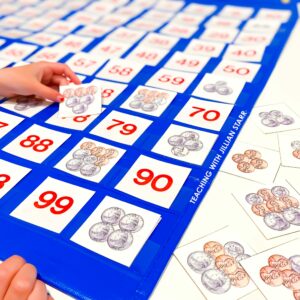
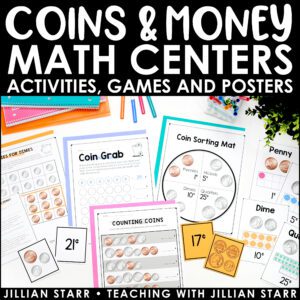

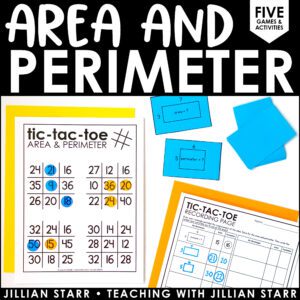
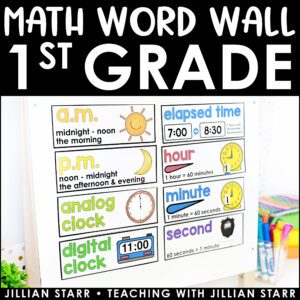
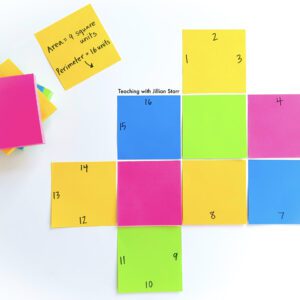

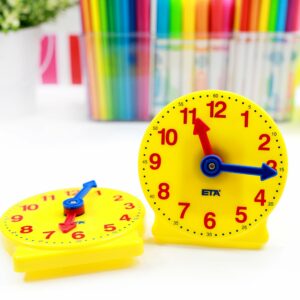


Leave a Comment